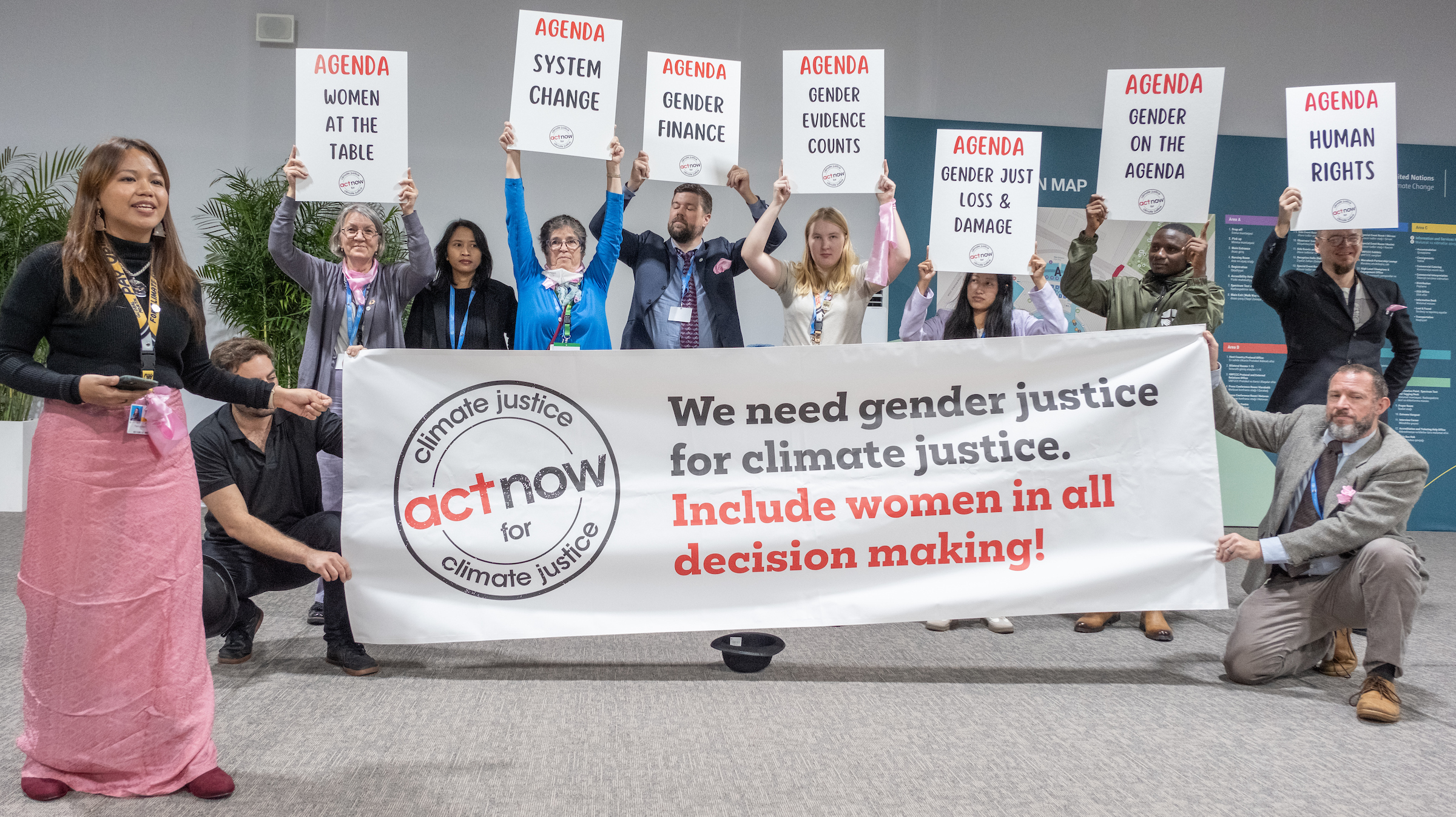How a flexible approach to Cash Assistance could be an exceptional pathway to rapidly assess and meet vulnerable people’s immediate needs.
Daniela Varano
The use of Cash and Voucher Assistance (CVA) is considered one of the 2016 Grand Bargain’s most successful achievements.
Cash transfers are direct payments of money as humanitarian assistance, usually given through physical cash, mobile money, smart card transfers or vouchers for local suppliers.
According to the World Bank, the use of cash transfers as a form of aid increased significantly during the COVID pandemic , with the number of individuals receiving CAV support increasing by 240% over pre-Covid levels.
Giving cash to people affected by disasters or conflict is effective. It is a transparent and immediate way of providing support to those in need whilst respecting their dignity and freedom to decide how to best invest in their recovery. It helps the humanitarian sector shift the focus from simple and outdated “aid” to assistance and partnership with local communities, prioritising their agency.
For these reasons, cash assistance is normally preferred by affected communities. An International Rescue Committee project in Lebanon found 80% of people in crisis preferred cash transfers to in-kind aid.
Rather than shipping humanitarian relief goods from their countries to the affected areas, when donor agencies, humanitarian NGOs and governments invest in CVA they support local markets and producers. This encourages local solutions and facilitates post-crisis sustainable recovery.
Relying on local providers also reduces logistical and operational costs and complexities, which is extremely important in a world where the number of humanitarian crises is growing, and the financing is slowing down.
Providing cash can also offer people support before the shock hits. In July 2020, pre-empting a severe flood in Bangladesh, the UN WFP sent cash assistance to more than 20,000 households. When the flood hit, more than 1 million households were inundated. Those that received the cash assistance were better prepared and many were able to evacuate household members and livestock compared to those who received no cash support.
Research suggests that if cash and voucher assistance were delivered where possible and appropriate, it could account for between 30% to 50% of international humanitarian operations.
Although to date, CAV accounts to only 19% of the international humanitarian assistance, international humanitarian actors are pledging to focus on it much more in the future. For instance, the IFRC is committed 50% of their humanitarian assistance through cash and vouchers by 2025.
According to the report “Increasing the use of Humanitarian Cash and Vouchers Assistance” published by the Calp Network, donors and the private sector see the potential of scaling up CVA: it means less transaction costs, time and less contracts.
But scaling up CVA means that the humanitarian sector needs to let go of some of its outdated assumptions and structures that prevent it from meeting the needs of people facing a crisis.

Cash assistance: localization as a core principle
The humanitarian sector stands at a crossroad. It is a well-known fact that the sector is struggling to keep pace with the growing demands placed on it. The CAV debate and efforts to implement it more efficiently could be an opportunity for bold reform and for placing accountability to affected people (AAP) at the very core of policy and decision-making.
But cash assistance is no silver bullet. Old challenges, biases, and roadblocks must not be underestimated. For instance, there is already a tendency to concentrate funding towards UN agencies and INGO consortia which can be seen to be at odds with commitments to localise humanitarian responses and funding. Limiting the number of organisations receiving funding can be financially sensible from a donor perspective but can also create a centralised and exclusive club of humanitarian players.
This concentration of funds and resource can also create inefficiencies in the system and a disconnect between local actors and governments hindering the potential of CVA. According to the report, Cash Coordination: Placing people’s needs at the center, engaging and respecting the leadership of local actors is critical to the success of any humanitarian action. They often are the first responders and will remain active long after international humanitarian actors have departed.
But tensions between action and commitments taken towards achieving localisation are growing. According to the report, “Locally-led responses to cash and Voucher in the Middle East and North Africa”, international actors must challenge existing unconscious bias and “demand and advocate for financial institutions to facilitate more collaborative funding models and increase accessibility of funds to local actors. Actionable steps would include facilitating direct conversations between donors and local actors, accounting for indirect costs for local actors into proposals, promoting alternative and innovative project design and ensuring contract provisions include local agencies in leadership positions for the project design and delivery”.
What we have learned so far
When a crisis hits, responders face the complexities of addressing people’s needs in an effective, timely and impactful way. When used flexibly, cash assistance has proven to be an exceptional pathway for rapidly assess and meet vulnerable people’s immediate needs.
After Russia’s full-scale invasion in Ukraine in 2022, Christian Aid and partner organisations adopted a Cash for Protection (C4P) approach called Assess and Assist. The premise of this approach was to rapidly light-touch assess the protection needs of those affected by the conflict and provide cash support for urgent unmet necessities. The approach was easily adopted by local and national actors and international agencies alike and proved to be an excellent way of operating on the ground.
Notwithstanding the challenges with cash coordination, the Assess and Assist methodology adopted by Christian Aid complemented other locally-led approaches, such as the survivor and community led response (sclr), and global commitments, and filled the gaps and complications related to the multi purpose cash assistance’s targeting criteria and transfer value. The people-centered and intuitive nature of the newly established Assess and Assist, proved to be a strong element in a successful appeal delivered by ACT Alliance members in Ukraine.
“For Assess and Assist we wanted to have an approach that was people-centred, but also locally led. The Ukraine team had seen that MPCA alone was not meeting all needs. Partners wanted the flexibility to assist people in a comprehensive way by covering additional needs and linking them with other services. The broader aim was to have cash assistance tailored to people’s needs, but also in line with what partners were already doing, or wanted to do”, says Matthew Tebbutt, Global Cash and Markets Adviser at Christian Aid.
The core goal of humanitarian support in a situation of crisis is to make sure that the dignity, wellbeing and human rights of those who are in need of support are upheld. For these reasons the different forms of CAV are one flexible and intuitive tool in the toolbox of Protection in Humanitarian Emergencies.
However, cash assistance works best with local actors. Local and National actors are chronically underrepresented in the multi purpose cash assistance process and those who deliver on it, are service contractors who feel they have little say in shaping it.
“To meet people’s basic needs Multipurpose Cash Assistance is generally a great approach. However, it is not the only way to use cash, we are trying to use cash approaches that are locally- led as well as encouraging the use of MPCA. We see localising MPCA as different to Locally-Led cash. Locally Led Cash is where local actors use cash to meet their own objectives, localising MPCA is more where harmonised and systematic cash is increasingly locally accountable and responsive to contextual realities. We are keen to explore how Locally Led cash and MPCA can complement each other”, points out Matthew Tebbutt.
National and local flexibility is paramount to ensure effectiveness and meet the real needs during a crisis, but this need is often downed by the pressure to harmonise and coordinate on Multi Purpose Cash Assistance (MPCA).
“The ACT Secretariat is committed to supporting members in the use of cash in humanitarian programming. Currently, approximately 7% of RRF funds (ACT GRRF 2023 Annual report) are used for the purposes of cash programming. This statistic places our Alliance significantly behind the wider humanitarian sector in terms of the use of cash. We are keen to understand why this is the case and to work with members to help strengthen our common understanding and use of cash for high quality and effective humanitarian programming”, explains Niall O’Rourke, Head of Humanitarian Affairs for ACT Alliance.
Learn more:
https://www.calpnetwork.org/cash-and-voucher-assistance/
https://odihpn.org/wp-content/uploads/2021/05/HPN_SCLR-Network-Paper_WEB.pdf
https://www.christianaid.org.uk/our-work/policy/letting-go-control-sclr










